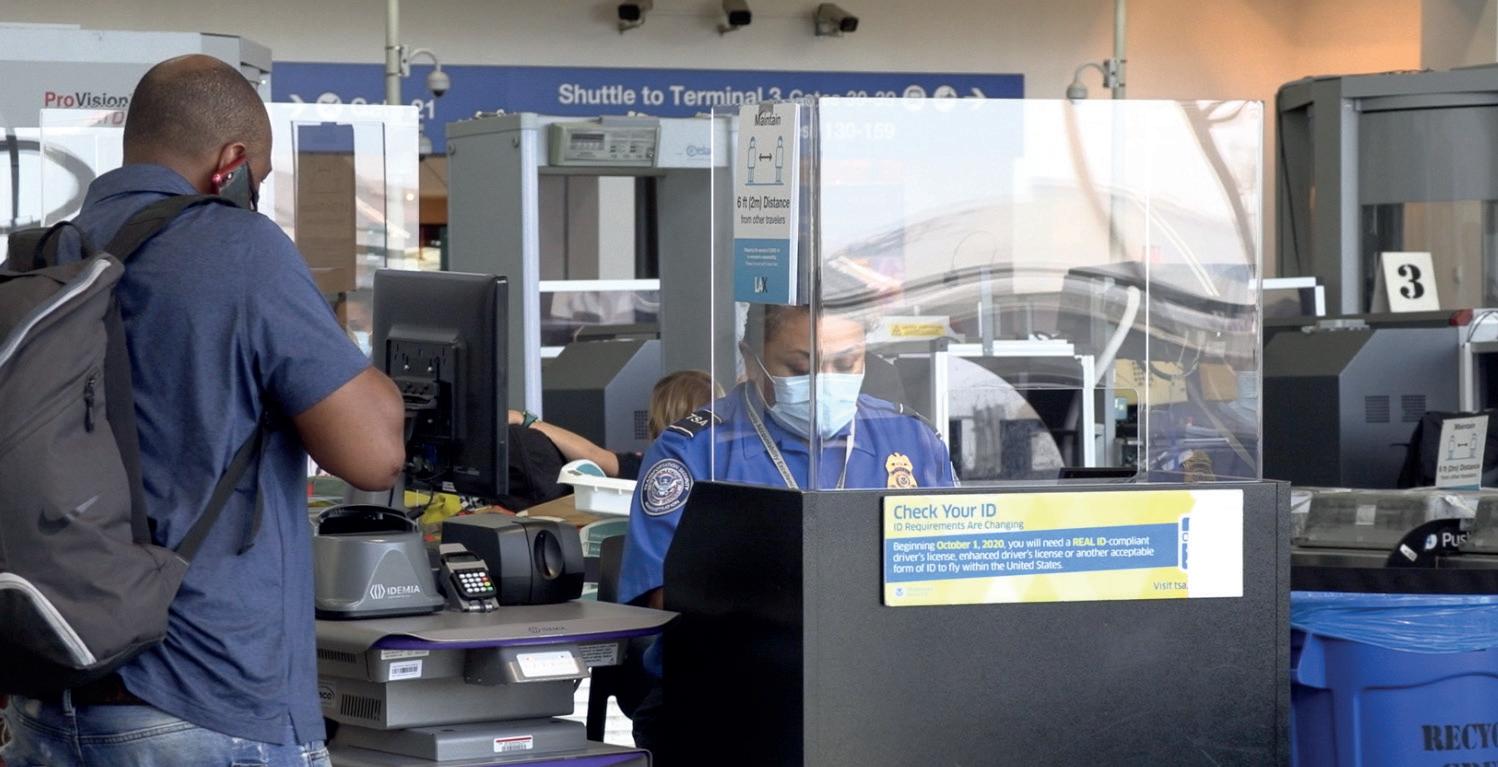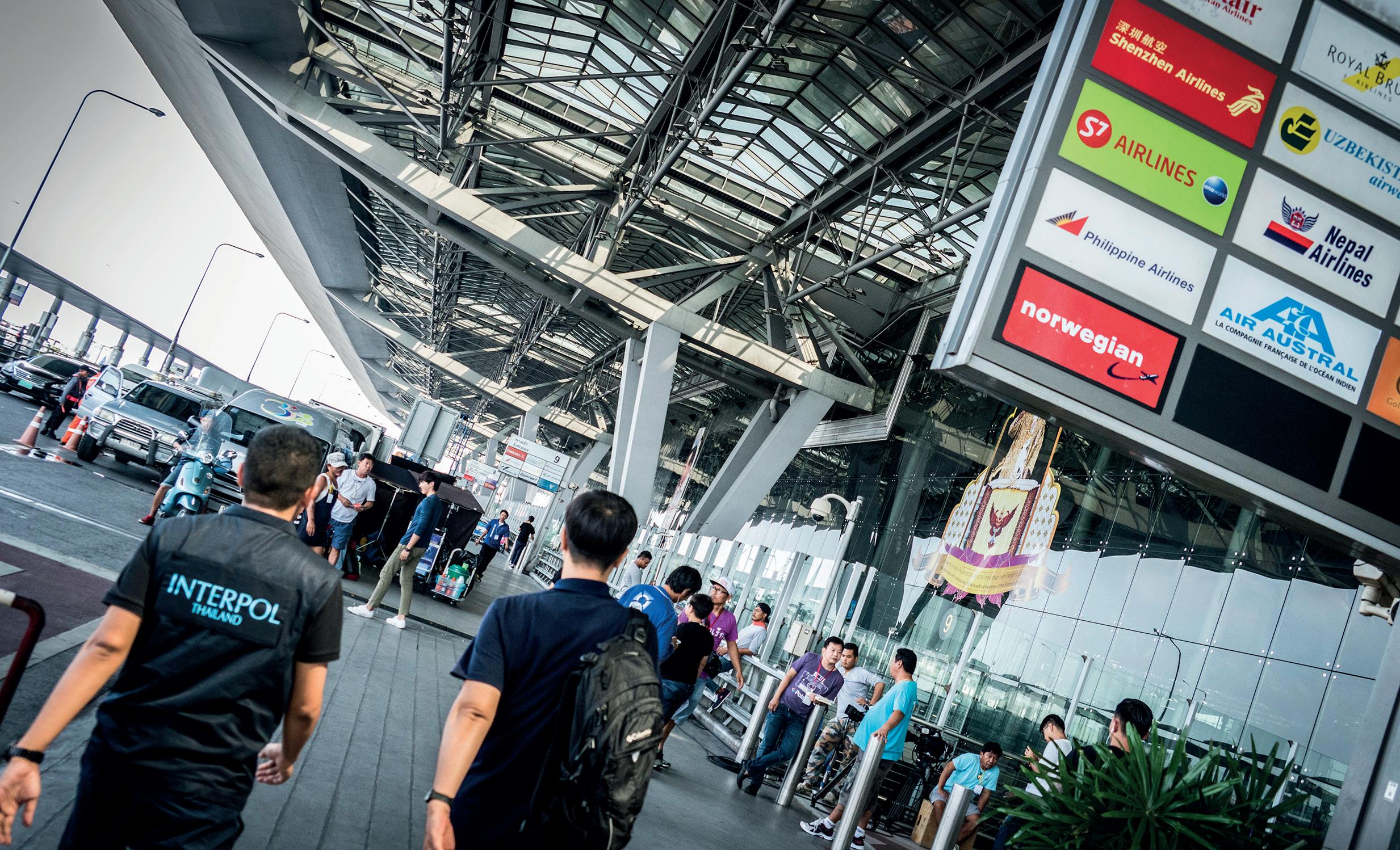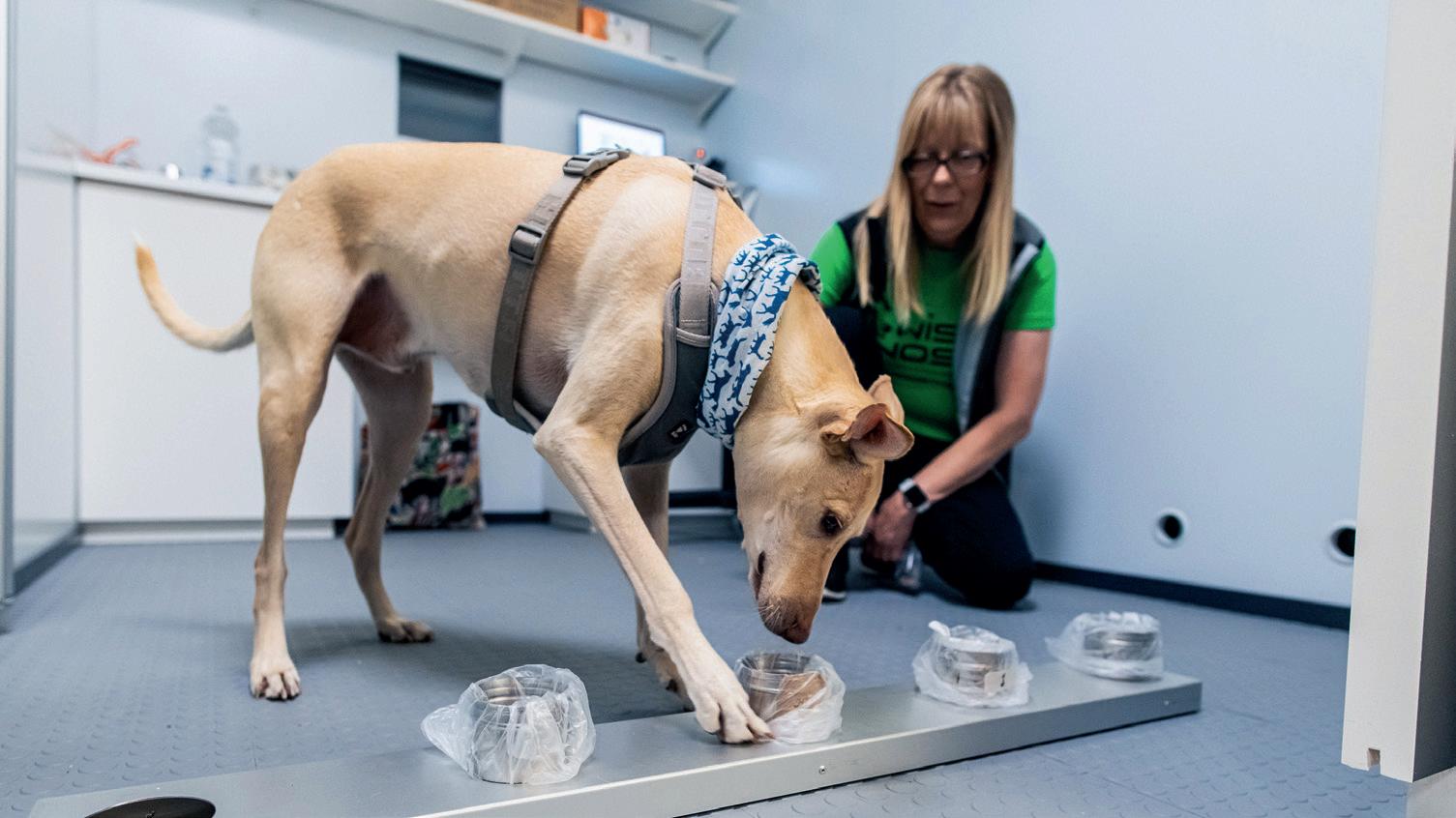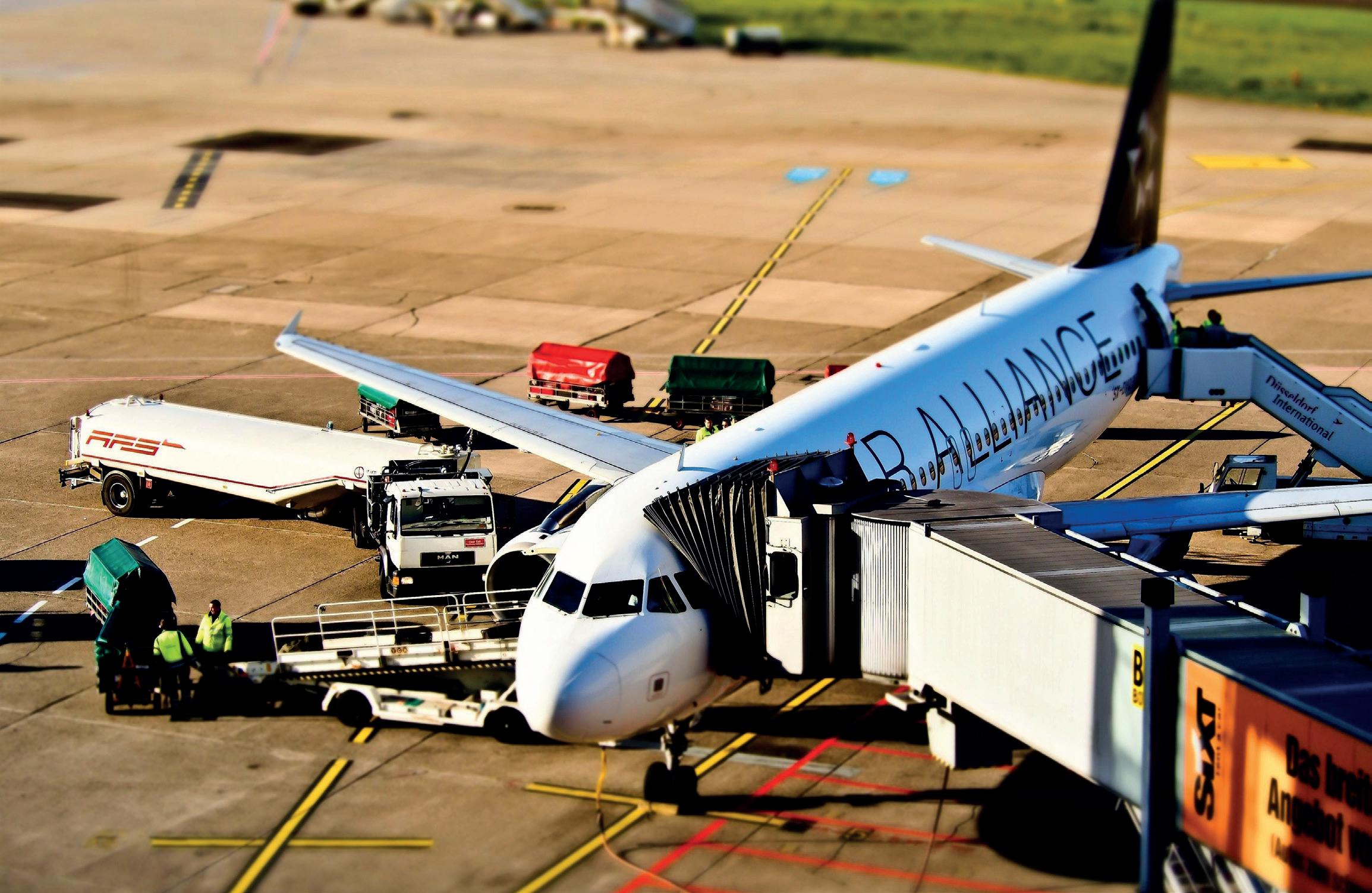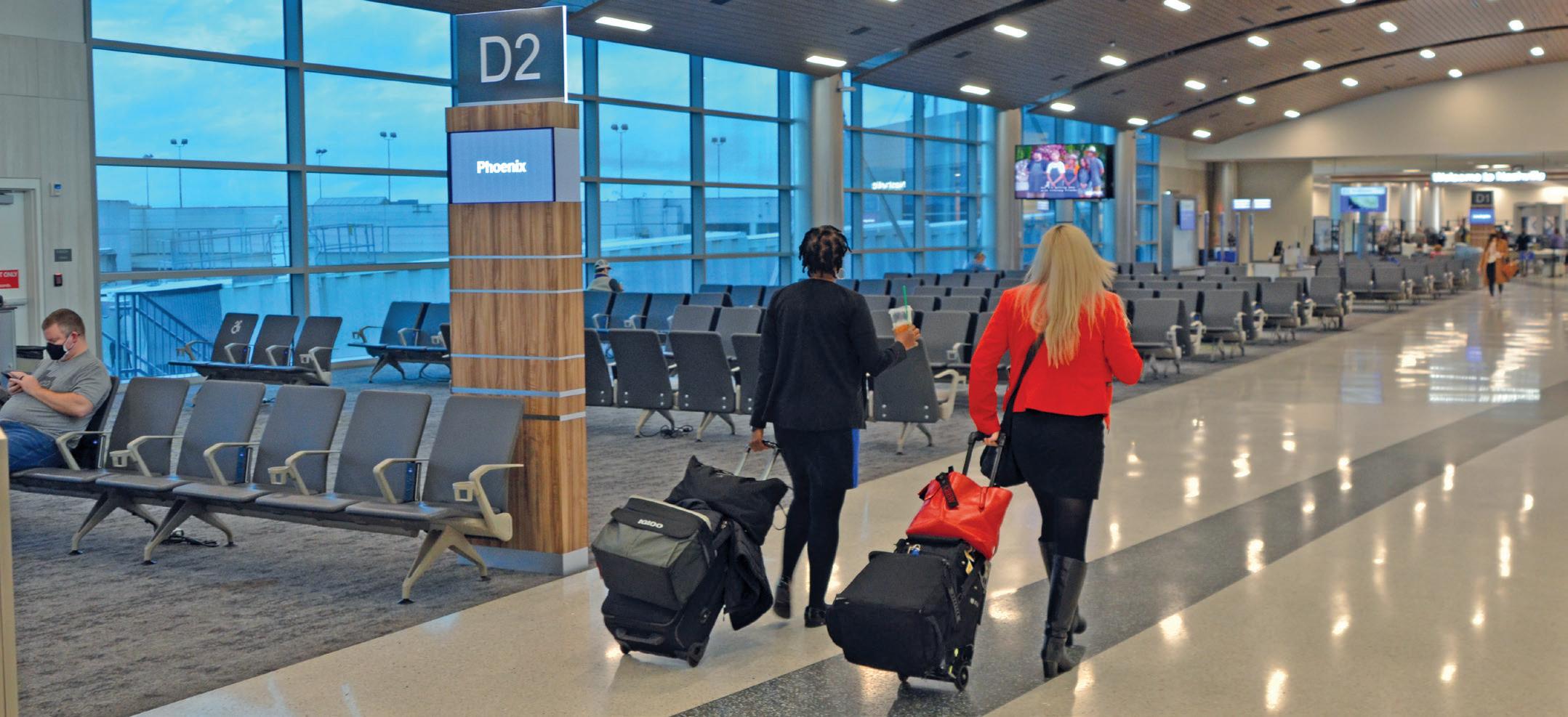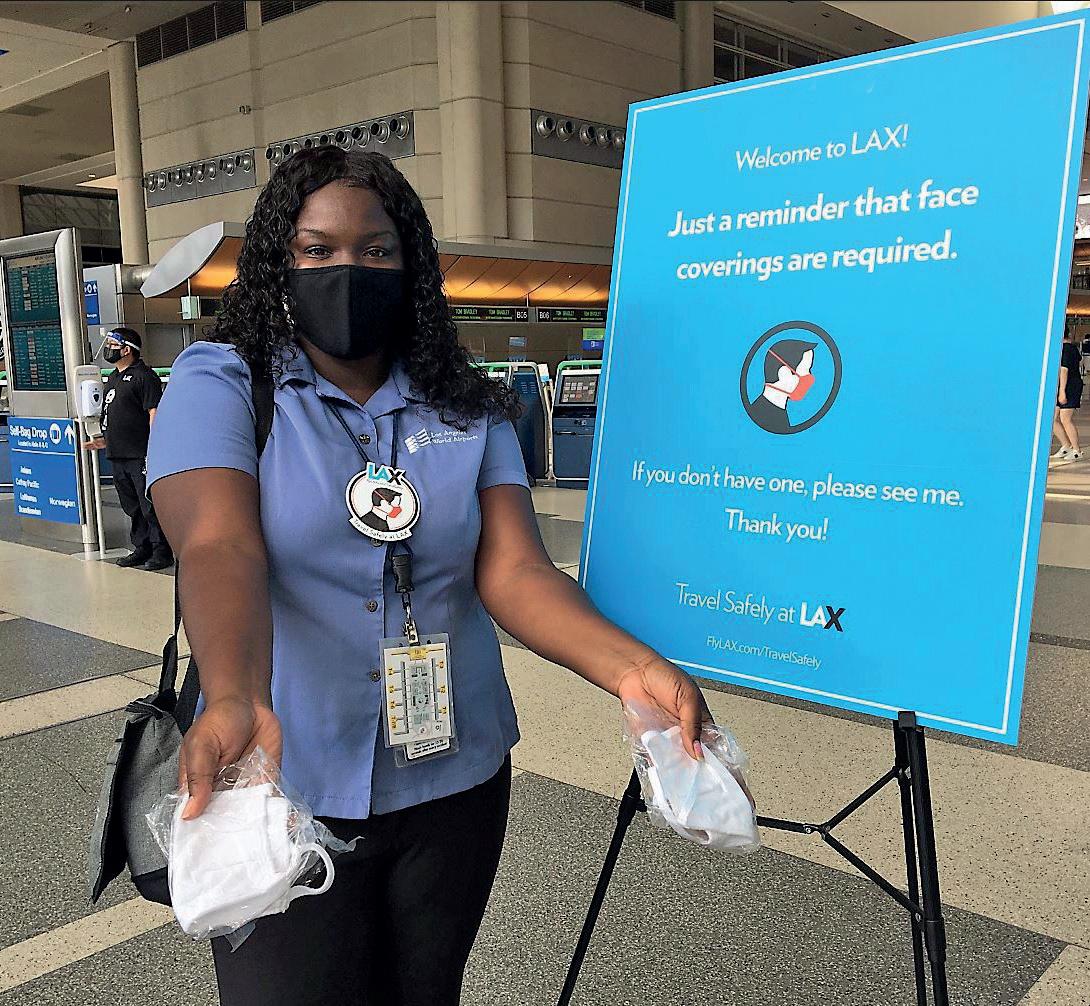SPECIAL REPORT: SAFETY & SECURITY
Safety report
ACI World’s vice president for safety and operations, Thomas Romig, reflects on some operational safety considerations for airports in 2021.
T
he last year has brought some significant changes to society as a whole and has had a huge impact on the aviation industry. The most significant of these impacts is the dramatic decrease in passengers and aircraft movements. This change in ‘operational rhythm’ has some interesting safety consequences that have to be considered not just during the period of reduced activities but also when returning to operations and increasing operational intensity. Pretty much all segments of the industry have been subjected to this change in operational intensity, with many frontline and operational staff being asked to stay home, put on temporary furlough programmes or in some cases losing their jobs. For many, shift plans have been adapted to cater to reduced activities or to ensure that teams are segregated and can’t cross contaminate each other if one member was to be infectious. Either way, the underlying result is a reduction in normal activity for many aviation personnel with potential consequences on their ability to safely return to operations. On the other hand, there are also groups of staff within organisations which have seen their workload increased and significantly impacted as they take on ad-hoc planning and management activities necessary to face the crisis and organise operations, adapt procedures, plan for the future, ensure the sustainability or even survival of their organisations. In many cases, these individuals have been equally subjected to significant change with an increase in day-to-day rhythm as well as having to adapt to working in a virtual world, with hours and hours of
web meetings. This increase in rhythm can have as much impact as being underemployed. Either way, particular attention needs to be taken to accompany aviation personnel into the return to operations, that will be coming at some point in the near future. This is relevant to all personnel who will undergo a shift in their daily activities and be subjected to a normalisation of their activities and duties.
Return to operations With the vaccination programmes underway, opening of borders and improvements in the general health situation on a global scale, flight operations will start to increase, albeit probably fairly gradually at first. This will mean that operational and frontline staff will be bought back into their operational environment to support passenger and flight operations and allow for the resumption of travel that many are longing for. This return to operations for aviation personnel will need to be accompanied in such a way to ensure safe and efficient operations. The significant changes in operational rhythm that many staff have experienced, means that they have not been subjected to the high intensity operations that the industry was accustomed to in the recent past. The habits, reflexes and confidence that individuals had when accomplishing their day-to-day operations in the past will, in many cases, not be the same due to long periods of inactivity; this capacity will need to be built up again.
AIRPORT WORLD/ISSUE 1, 2021
21






